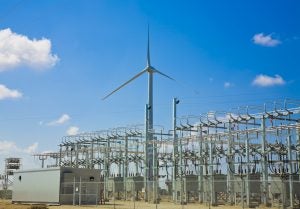 By Ratnika Prasad
By Ratnika Prasad
The energy transition is accelerating, as social, political and economic pressures build on political and corporate leaders to meet the Paris goal of limiting global temperature rise to well below two degrees Celsius.
While carbon dioxide is often the focus, at least a quarter of today’s warming is caused by methane emissions from human sources. Methane is 84 times more potent than carbon dioxide in the first two decades after its release, making methane reductions especially useful in slowing the rate of warming.
As a major source of global methane emissions, the oil and gas industry bears a special responsibility for urgent action to bring methane leakage and flaring under control. Some operators are embracing the challenge. However, barring a few exceptions, national oil companies — those that are fully or majority-owned by a national government — have largely lagged behind their privately owned counterparts.
A new report by Carbon Limits explores the critical role NOCs can play in mitigation of methane emissions. Over half of total global oil and gas production comes from NOCs, with an estimated 75% of industry’s methane emissions stemming from the countries they operate in, according to IEA data. This outsized relationship between emissions and production underscores the need for concerted action by NOCs to curb methane emissions.
Read More »
 The transition to electric heavy-duty trucks is upon us, sparked by a steady decline in battery costs, continuous improvements in electric truck and charging technology, and growing recognition of the climate and local air quality impact of diesel trucks. But even as household names like FedEx, PepsiCo and Amazon have made public pledges to electrify their truck fleets, concerns that charging infrastructure will be able to meet fleets’ needs cost effectively threaten to slow the market-wide transition.
The transition to electric heavy-duty trucks is upon us, sparked by a steady decline in battery costs, continuous improvements in electric truck and charging technology, and growing recognition of the climate and local air quality impact of diesel trucks. But even as household names like FedEx, PepsiCo and Amazon have made public pledges to electrify their truck fleets, concerns that charging infrastructure will be able to meet fleets’ needs cost effectively threaten to slow the market-wide transition.













